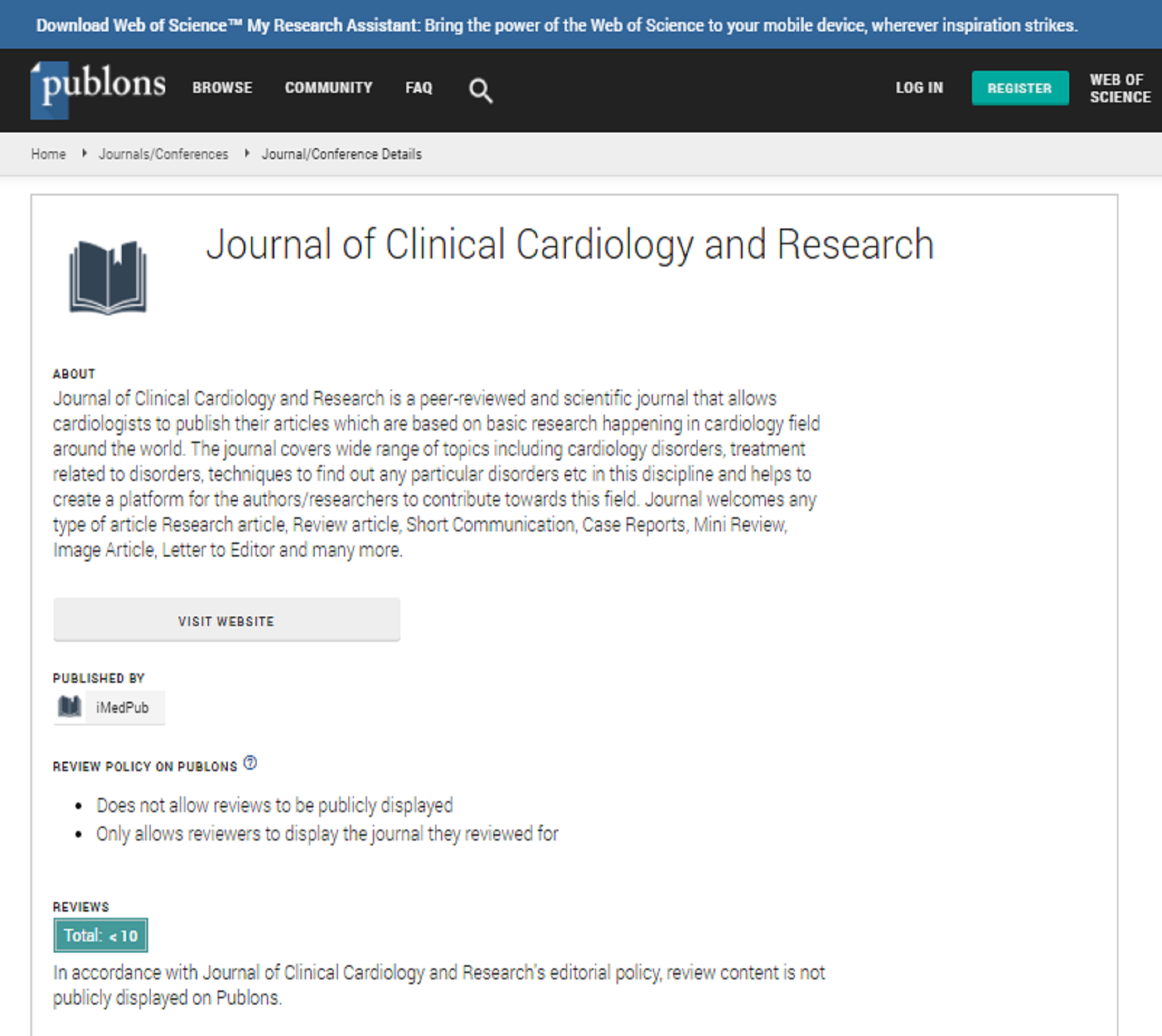Abstract
Constraint-induced movement therapy: Correlates of duration of adherence to use of restraint among stroke survivors with hemiparesis
One of the challenges the application of Constraint-Induced Movement Therapy (CIMT) faces is in ensuring adherence to use of restraint. Constraint-induced movement therapy was developed to improve purposeful movement of the stroke-affected extremity by restricting the use of the unaffected one. The two main components of the CIMT are the restraint of the affected extremity and mass training of the more impaired arm to perform functional tasks. The purpose of this study is to determine factors that influence duration of adherence among stroke survivors. Thirty (30) stroke survivors with hemiparesis were consecutively recruited from physiotherapy out-patient clinics using a purposive sampling technique. A structured questionnaire was used to obtain information on clinical and socio-demographic parameters. The participants were given a restraint and a time log book to enter a daily record of time spent in wearing the restraint. The time log book was reviewed at the end of every week of the 3-week study. Motor function and functional ability were measured using Motricity Index and Motor Activity Log, respectively. Data was analyzed using the SPSS 15 with significant level set at 0.05. Age, gender (p=0.73) and side affected/handedness (p=0.79) had no significant influence on the percentage duration of adherence to use of restraint (DAU). The influence of Socio-Economic Status (SES) was significant with participants of the middle SES adhering for longer duration (p=0.02). There was significant correlation between corresponding motor function/ functional ability and DAU (p>0.05) except for the functional ability on the first week (0.44). The duration adherence to use of restraint in CIMT is majorly determined by clinical presentations of the stroke. Physiotherapy and Physical Rehabilitation uses a variety of techniques to help your muscles and joints work to improving, maintaining or restoring physical strength, cognition and mobility with maximized results. And also helps people gain greater independence after illness, injury or surgery.
Physiotherapy is concerned with identifying and maximizing quality of life and movement potential within the spheres of promotion, prevention, treatment/intervention, habilitation and rehabilitation. This encompasses physical, psychological, emotional and social wellbeing.
Memoir:
Olumide Olasunkanmi Dada is a licensed Physiotherapist with core competence in application of bio psychosocial approaches to the management of neurological conditions. He had his education in Physiotherapy from the premier Physiotherapy Training in University of
Ibadan, Nigeria, where he graduated top of his class with numerous distinctions and prizes. He has obtained his Master’s degree with honors
And a PhD in Neurological Physiotherapy. He was awarded the African Doctoral Dissertation Fellowship grant in 2009 towards the execution
of his PhD research and won several other awards and prizes for excellence in research including the Travelling Grant from the International
Brain Research Organization to attend the African Neuroscience School in 2005; the African Doctoral Dissertation Research Fellowship
Grant in 2009, the award for the Embodiment of the African Doctoral Dissertation Research Fellowship (ADDRF) for Collaborative Work with
Other Fellows in 2013 by the African Population and Health Research Center (APHRC).
Author(s): Olumide Olasunkanmi Dada Arinola O Sanya Chidozie E Mbada
Abstract | PDF
Share This Article
Google Scholar citation report
Journal of Clinical Cardiology and Research peer review process verified at publons
Abstracted/Indexed in
- Google Scholar
- Publons
Open Access Journals
- Aquaculture & Veterinary Science
- Chemistry & Chemical Sciences
- Clinical Sciences
- Engineering
- General Science
- Genetics & Molecular Biology
- Health Care & Nursing
- Immunology & Microbiology
- Materials Science
- Mathematics & Physics
- Medical Sciences
- Neurology & Psychiatry
- Oncology & Cancer Science
- Pharmaceutical Sciences

